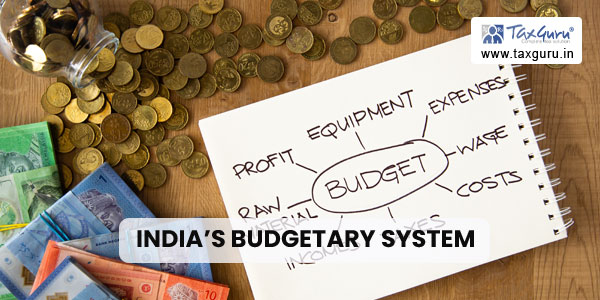India’s budget history dates back to 1860, when the first budget of colonial India was tabled in the Legislative Council of the British Raj. Since then, budget presentations have been a regular exercise in India. India has seen tremendous growth and progress in its economic and fiscal situation over the decades. This article aims to provide a brief overview of the budget history of India and the various changes that have taken place over the years.
In 1860, the British Raj introduced the first budget for colonial India. The budget focused on revenue and expenditure for various services, public infrastructure, and public works. India’s first budget had an opening budget surplus of Rs. 10 million. Over the decades, the Indian government has updated and revised the budget to include new taxes, spending patterns, and regulations.
The British used what was known as the “Indian Finance System“, which embedded significant elements of protectionism for the local industry, particularly those related to basic consumer items. This system tended to favor domestic producers of “staple“ goods such as cotton, jute, food grains, wheat and sugar. During the early years of British rule, taxes were imposed on land, trade, and other economic activities disproportionately from the lower–income classes of the Indian population. The budget of pre–independent India evolved substantially over time, for instance during WWI and WWII.
Financing the war effort placed enormous strain on the already stretched treasury. To make up for the declining revenues, the Government turned to borrowings, debt instruments and other fiscal treatments such as raising excise duties on certain commodities and hiking income taxes. To balance the high levels of government spending with the need to lower public debt, the Income Tax Act of 1944 sought to make tax collection more systematic while also targeting Indian businessmen who previously managed to escape taxation. This also saw introduction of a base rate system that initially required incomes over Rs 10,000 per annum to be taxed at a flat rate of one–sixth, eventually introducing five rates which had last been changed in 1955.

There was also an increased focus on public finances during this period, which used funds for financing various infrastructure projects such as railway development and irrigation systems.
Since independence in 1947, India‘s budget has undergone several changes, with economic growth and a soaring population leading to rising expenditure and greater complexity. The expenses such as defense, health, education, development and infrastructure were prioritized in the planning for the union budget. In 1947, with the independence of India and the formation of the Republic of India, a separate budget was created for the newly formed country. Then, in 1950 after the adoption of the Constitution of India the budget system was changed and the parliamentary system was followed. This brought about important changes in the way budgets were passed, as the executive and legislative branches of the government were both involved in the process.
In the initial decades of Indian budget history, the focus was mostly on taxes and government spending related to railways, irrigation Projects and public subsidies. From 1951 to 1991, central government revenue was divided into two parts: direct and indirect revenue. During the 1990s, India’s economic reforms introduced newer taxes and revenue sources. Reforms such as the introduction of the Value Added Tax for goods and services, the Goods and Services Tax, and various direct and indirect taxes have collectively helped to increase government revenue.
Over the years, there have been several changes in the budget process to make it more efficient and effective. The formation of the finance commission in 1951, the appointment of a chief economic advisor in 1972, the introduction of performance budgeting in the 1980s, and the introduction of the medium-term expenditure framework in the early 2000s are some of the important changes that have taken place.
Today, the budget is prepared by the Department of Economic Affairs, and presented to the Parliament by the Minister of Finance on the last day of February. Every year, the Public Finance Management Act is amended to include the new budget provisions and any changes to existing policies. The budget is also discussed and debated before it is passed by both Houses of Parliament.
In conclusion, India’s budget history is full of many changes, reforms and advancements. Over the years, many new taxes and revenue sources have been introduced that have helped the Indian economy and the government in their budgeting and financial management. Additionally, advances in the budgeting process have made it more efficient and effective in their implementation.
*****
(Author can be reached at email address casharma.sharad2000@gmail.com or on Mobile No. 9990365673)
Disclaimer: “Neither this article nor the information contained herein shall in any way be construed as forming a contract or shall constitute professional advice required before acting upon any matter. CA Sharad Kumar Sharma has taken all due care in the preparation of this article for accuracy in its contents at the time of publication. However, no liability shall be accepted by him in the event of any direct, indirect or consequential damages arising out of or in any way connected with the use of this article or its contents. “





